DRYAir Dehumidifiers: Protecting people, property, & performance; from excess humidity
Areas of Protection
Health Hazards
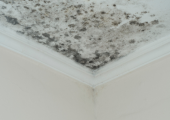
Mold & Mildew Growth
Prevents spores that cause respiratory issues.

Dust Mites
Thrive in >50% humidity; dehumidifiers reduce their population.

Bacteria & Viruses
Some pathogens survive longer in humid conditions.
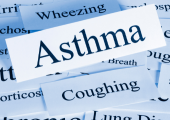
Allergies & Asthma
Reduces triggers like mold, mites, and dampness.

Musty Odors
Eliminates the damp smell caused by microbial growth.
Areas of Protection
Structural & Property Damage

Wood Rot & Warping
Protects furniture, flooring, and wooden structures.
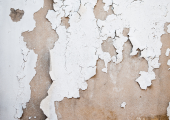
Peeling Paint & Wallpaper
Prevents moisture-induced blistering.
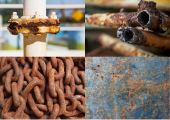
Corrosion & Rust
Essential in factories, warehouses, and electrical and plant rooms.
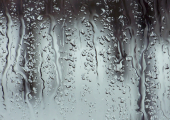
Condensation on Windows/Walls
Reduces water damage and staining.

Cracked Concrete (Long-term)
High humidity weakens concrete and masonry.
Areas of Protection
Industrial & Commercial Risks

Product Degradation
Prevents spoilage in food/pharma storage.

Paper & Document Damage
Critical for archives, libraries, and offices.

Textile & Fabric Mold
Protects clothing, carpets, and upholstery.
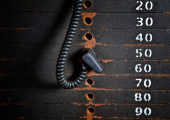
Gym Equipment Rust
Extends lifespan of metal machines.
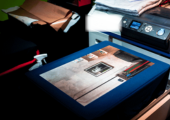
Printing Machinery
Prevents paper warping, ink smudging, and corrosion in presses.
Areas of Protection
Electronics & Equipment Failure
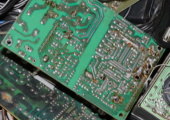
Server/Data Center Failures
Prevents condensation on circuit boards and oxidized contacts.

Electrical Panel Corrosion
Protects contacts and wiring from moisture.

HVAC System Strain
Reduces load on air conditioners by removing humidity first.
Areas of Protection
Comfort & Energy Efficiency

Sticky, Uncomfortable Air
Makes indoor spaces feel cooler without overcooling.

High Cooling Costs
Reduces AC workload (saving energy).

Poor Sleep Quality
Humidity disrupts sleep; dry air improves comfort.
